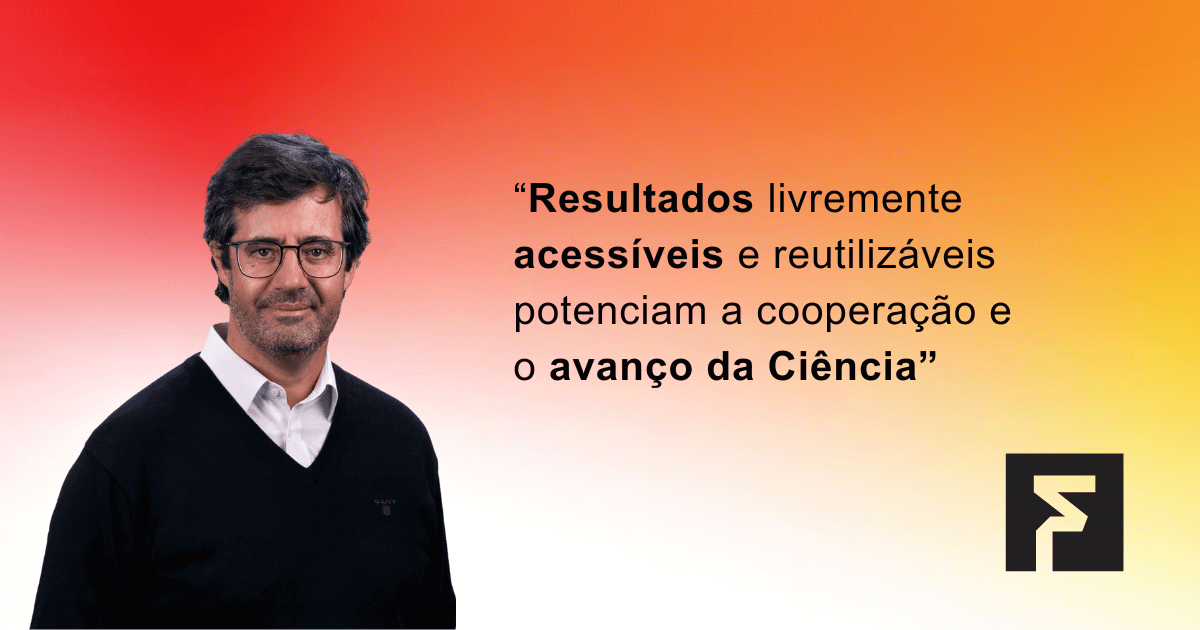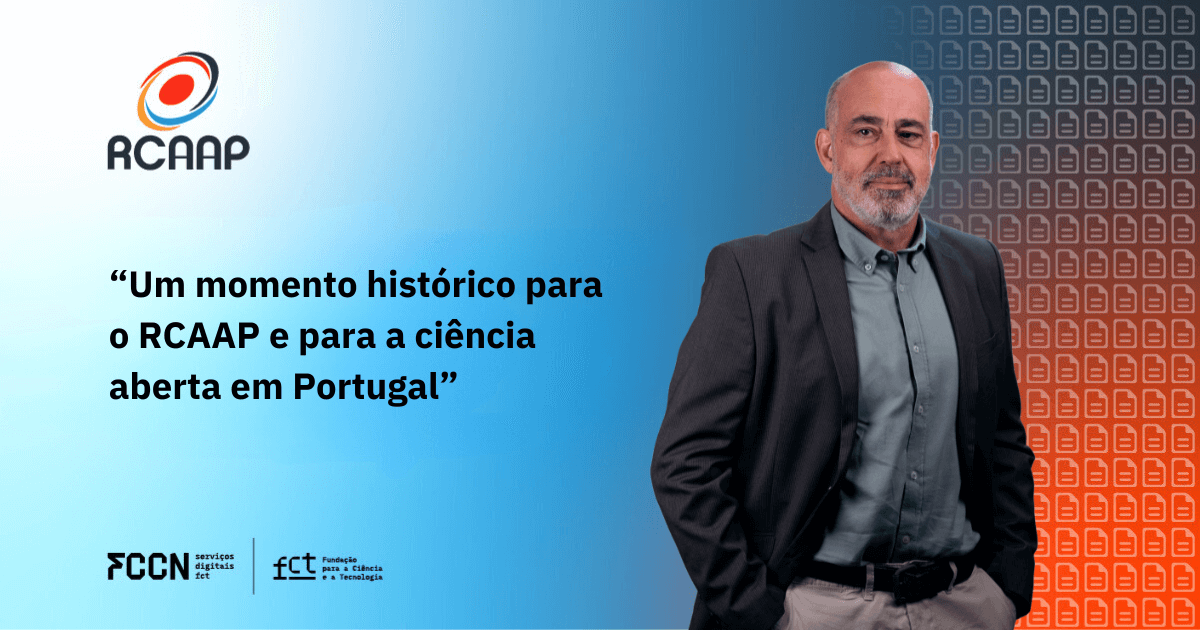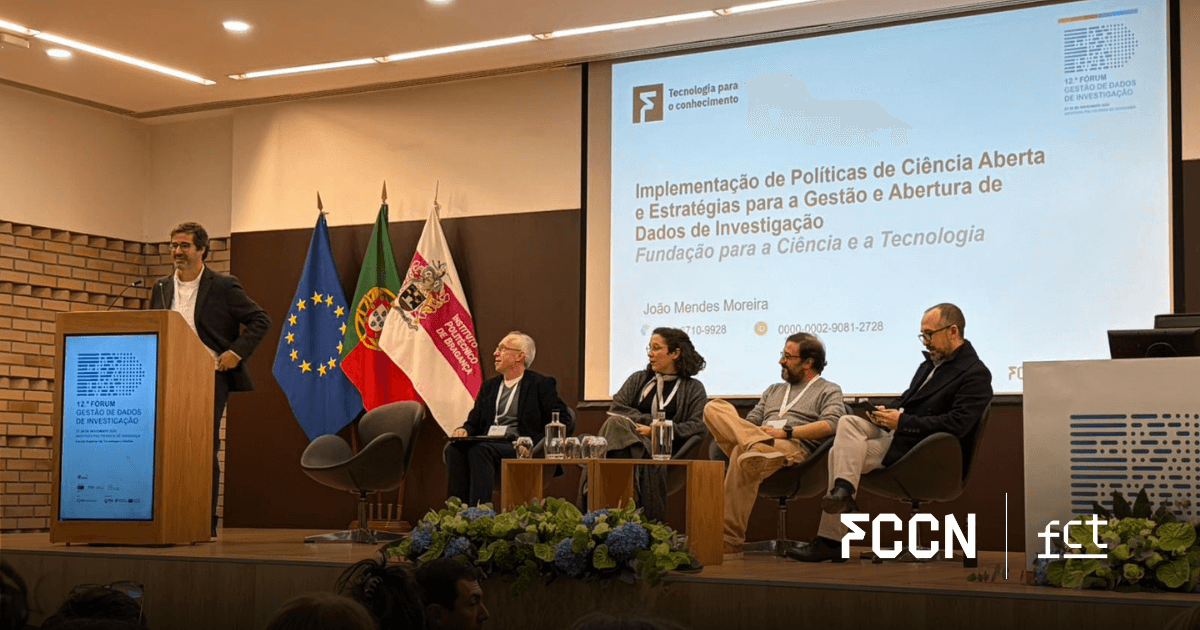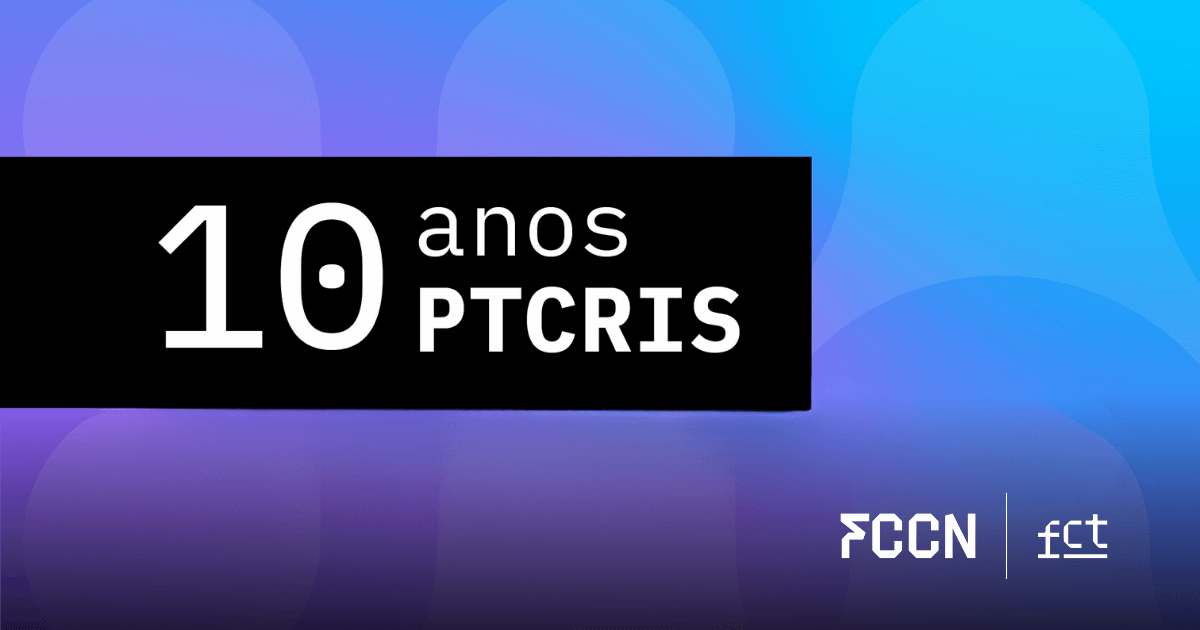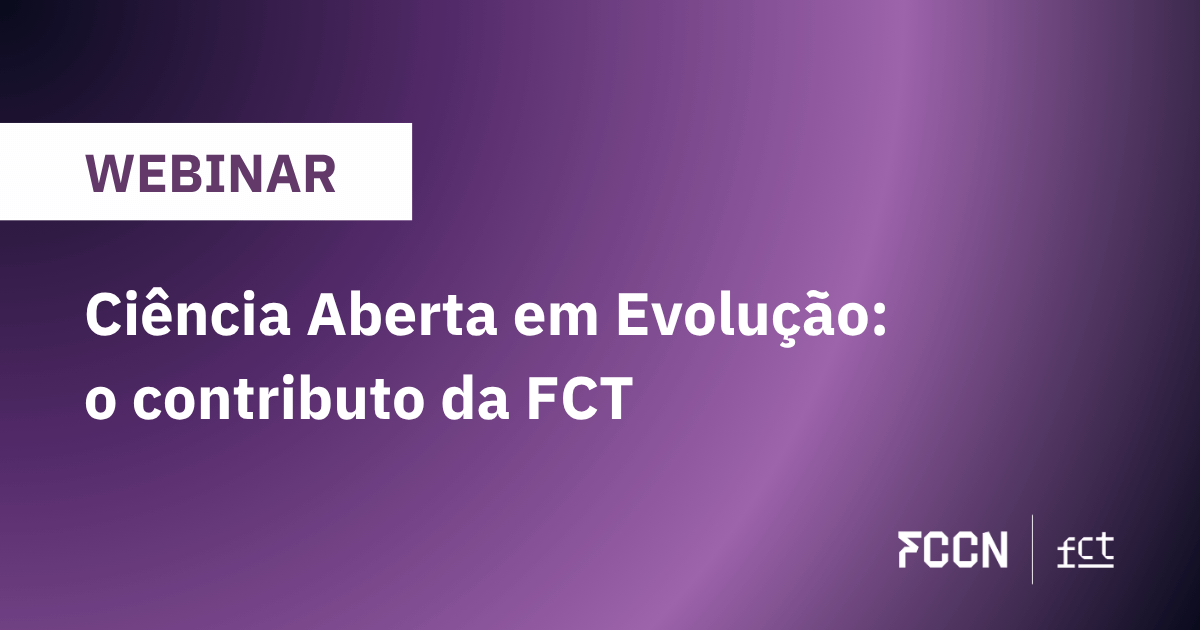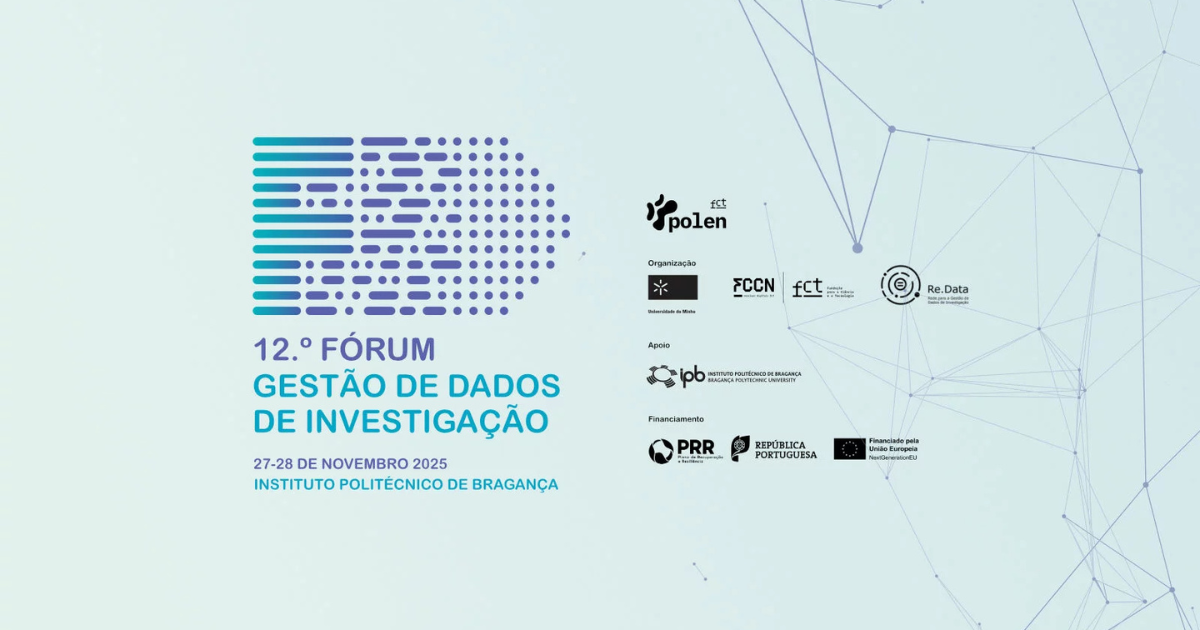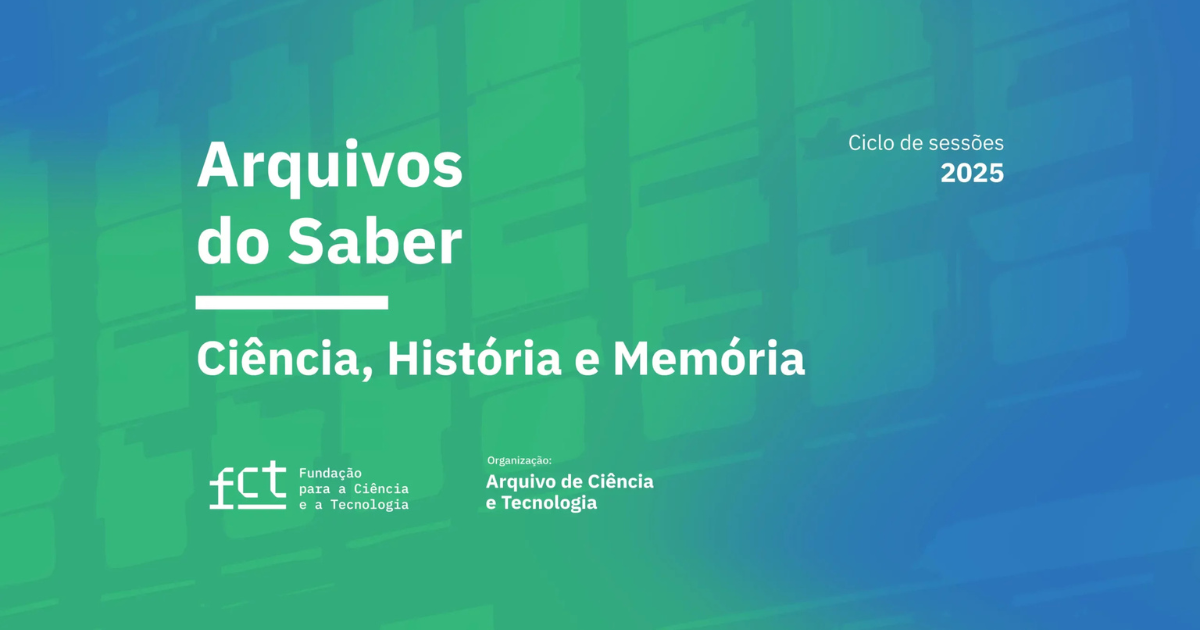

There is increasing talk about the importance of making research results available in open access, thus obtaining increased visibility of scientific production and authors, and thus enhancing scientific cooperation and the advancement of Science.
However, there are still many doubts about what actually constitutes the open access. A common misconception is the confusion between the terms free access and open access. open access allows access to certain content, without restrictions and at no cost to the reader. open access is immediate free access, plus the possibility of reusing this content, for example, adapting it, summarizing it, completing it, distributing it, etc. This possibility is granted through the application of a Creative Commons license to that content, and which ensures that the author retains the rights to the published content.
Creative Commons licenses are based on an alternative model to the traditional one copyright (copyright), giving the author the possibility to define how he wants his work to be used by third parties, while at the same time retaining his copyright, that is, not assigning it to the publisher.
Thus, for example, making an article published in closed access available on the author's personal website is a way of providing free access to that content, but it does not correspond to true open access, as the rights to that content were transferred to the publisher upon publication.
There are several types of Creative Commons licenses, the preferred one being the CC BY license, as it is the least restrictive and allows the greatest degree of flexibility in the use of the article (it allows, for example, publishing in Internet, distribute to students or colleagues, create a derivative work, translate, etc.). This license is therefore the one that most accelerates innovation and scientific progress. Despite its scope, the CC BY license contains the most important element for an author: recognition of their authorship.
Other Creative Commons licenses, namely CC BY-NC, CC BY-ND and CC BY-NC-ND licenses, are less advisable, as they restrict the use of the content, preventing its commercial use and/or the creation of derivative works (e.g., a translation). However, it is important to note that these licenses are legitimate in specific cases, for example, when there is a special concern about maintaining the integrity of the work, such as its use out of context or a defective translation.
The author must therefore carry out a careful assessment of each case, in order to ensure that, when publishing an article in open access, he selects the most appropriate license for himself and for Science.
